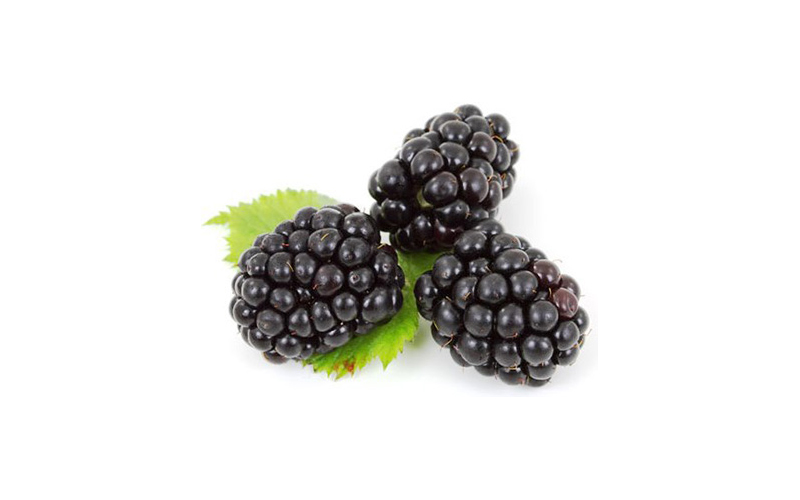Mulberry extract activates brown fat, shows promise as obesity treatment
Good news for those who want to activate their brown fat (or BAT, brown adipose tissue) without having to be cold: New research, published in The FASEB Journal, suggests that a natural compound in mulberries, called “rutin,” can activate the BAT in our bodies to increase metabolism and facilitate weight loss.

Good news for those who want to activate their brown fat (or BAT, brown adipose tissue) without having to be cold: New research, published in The FASEB Journal, suggests that a natural compound in mulberries, called “rutin,” can activate the BAT in our bodies to increase metabolism and facilitate weight loss.
“The beneficial effects of rutin on BAT-mediated metabolic improvement have evoked a substantial interest in the potential treatment for obesity and its related diseases, such as diabetes,” said Wan-Zhu Jin, Ph.D., a researcher involved in the work from the Institute of Zoology at the Chinese Academy of Sciences in Beijing, China. “In line with this idea, discovery of more safe and effective BAT activators is desired to deal with obesity and its related diseases.”
To make their discovery, Jin and colleagues used both genetically obese mice and mice with diet-induced obesity as models. These mice were fed a regular diet, and supplemental rutin (1 mg/ml) was added to their drinking water. Rutin treatment significantly reduced adiposity, increased energy expenditure, and improved glucose homeostasis in both the genetically obese mice and the mice with diet-induced obesity. Specifically, the researchers found that rutin directly binds to and stabilizes SIRT1 (NAD-dependent deacetylase sirtuin-1), leading to hypoacetylation of PGC1α protein, which stimulates Tfam transactivation and eventually augments mitochondrial number and UCP1 activity in BAT. Rutin functions as a cold mimetic through activating a SIRT1-PGC1α-Tfam signaling cascade and increasing mitochondrial number and UCP1 activity in BAT. Rutin also induced brown-like (beige) adipocyte formation in subcutaneous adipose tissue in both obesity mouse models.
“Unlike hibernating animals, we humans have only a small spot of brown fat, and yet its importance in human metabolism has only recently come into view,” said Thoru Pederson, Ph.D., Editor-in-Chief of The FASEB Journal. “In this study, the philosophy of ancient Chinese medicine’s exploitation of plant materials has conjoined in the modern era with a very able physiology research team to evoke a promising lead.”









